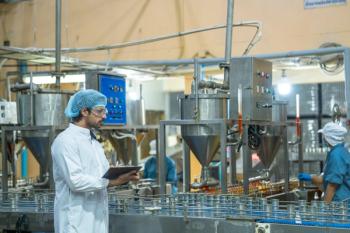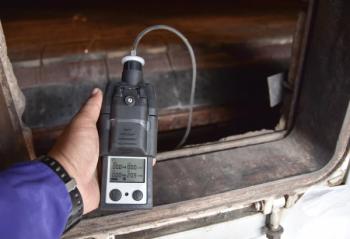
The Society of Applied Spectroscopy Accepting Nominations for The Gold Medal Award
The Gold Medal Award was established in 1952 to recognize outstanding contributions to the field of applied spectroscopy.
The New Jersey/New York Chapter of the Society of Applied Spectroscopy announced this week that it is accepting nominations for the 2024 Gold Medal Award.
The Gold Medal Award was established in 1952 to recognize outstanding contributions to the field of applied spectroscopy. Each year the Gold Medal is presented at a special award symposium, arranged in honor of the awardee, at the Eastern Analytical Symposium held in Plainsboro, New Jersey in mid-November. The first awardee in 1952 was William F. Meggers, and in 1953 the award was given to William W. Coblentz. Over the years, the award program has continued to honor spectroscopists who have contributed both to the advancement of this science and who have had an inspiring influence on the careers of others. More recent awardees include Jerome Workman, Howard Mark, Fran Adar, Rohit Bhargava, and Curtis Marcott. A list of winners since 1952 is
Nominations are accepted throughout the year, with a cutoff date of February 15. Nominations received after this date along with previous nominations are rolled to the following year for selection of a winner. Please submit a nominating letter, biographical sketch, and list of publications to Dana Garcia at
Newsletter
Get essential updates on the latest spectroscopy technologies, regulatory standards, and best practices—subscribe today to Spectroscopy.





